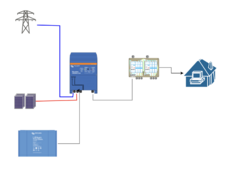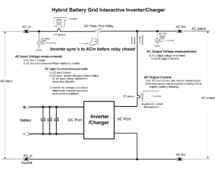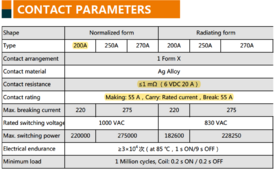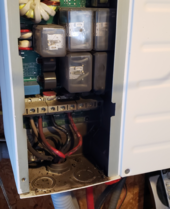I'm a bit confused about islanding and whole-house backup. I get that hybrid systems need to know when the grid is down and not divert energy into the grid in that case. But consider the diagram below:

Inverter, batteries and solar, attached to grid and consumer unit into house.
If the dark blue line goes down, then no power should flow from the inverter to the grid. I get that. But as many inverters can detect this, why can they simply not send power down that line, and continue to run the main consumer unit from the solar and batteries as much as possible (I know if the house is pulling more than the inverter can provide it'll fail, but ignore that).
If I added a manual transfer switch into that blue line, would it mean that if I switched that when there was a power cut so that the inverter was actually isolated fro the mains, it could then run independently? Or if it was an automatic transfer switch, that would happen automatically?
I know that a common solution is to have some critical loads running off a separate inverter outlet, but for my kids, tv, xbox, internet and wifi are all critical and so major rewiring at the consumer unit would be needed.....
This seems to be an obvious and useful scenario but not clearly supported, so what am I not getting?

Inverter, batteries and solar, attached to grid and consumer unit into house.
If the dark blue line goes down, then no power should flow from the inverter to the grid. I get that. But as many inverters can detect this, why can they simply not send power down that line, and continue to run the main consumer unit from the solar and batteries as much as possible (I know if the house is pulling more than the inverter can provide it'll fail, but ignore that).
If I added a manual transfer switch into that blue line, would it mean that if I switched that when there was a power cut so that the inverter was actually isolated fro the mains, it could then run independently? Or if it was an automatic transfer switch, that would happen automatically?
I know that a common solution is to have some critical loads running off a separate inverter outlet, but for my kids, tv, xbox, internet and wifi are all critical and so major rewiring at the consumer unit would be needed.....
This seems to be an obvious and useful scenario but not clearly supported, so what am I not getting?







